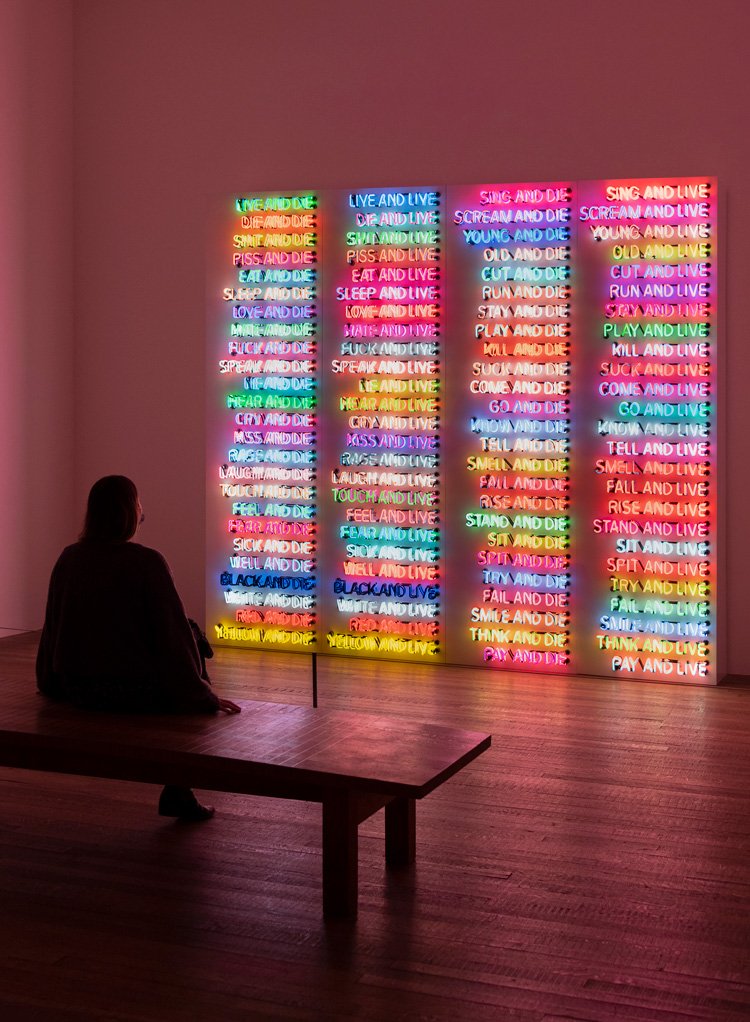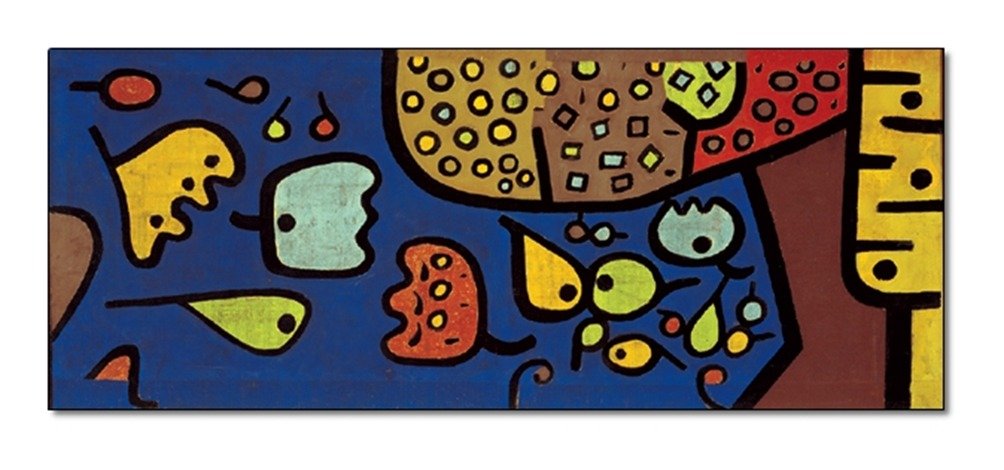About Attention: Paul Klee And Mystic Truths
When approaching a work of art, everyone retreats into their world of reflexes.
People may tend to fall back on derivative parallelisms due to their personal studies on the artist and the latter’s historical background, implementing an analytical view on the work, which turns it into an object gathering all notions listed in art history books. Another usual circumstance occurs when a person subconsciously seeks for analogies with experiences of their own, temporarily detaching from a daily circle of new sensations and suddenly throwing themselves in a familiar context: investigating their past, on a hasty quest for apparently similar events that happened to them or emotions they have come across.
Gaia Din, has written an article few years back - which you can find it here - on some of the cognitive traps people incur when exposed to an artistic creation. The subject is fairly covered also by a whole universe of literary essays: the institutional dialogue between the audience watching and the aesthetic dimension has kept – and still holds – western philosophers, thinkers, and writers well occupied.
Adopting a discipline to properly access art seems at the very least redundant, especially given the intricacy of attempting to define art as a phenomenon. Nonetheless, the defining of a reason behind such a puzzling concept becomes significant from an economic overlook – what and why are we preserving? Are museums only entertainment infrastructures or do they play a deeper role?
Moving beyond simple rhetorics, it is not a mystery that language plays a primary role in this game. Diverse idioms carry diverse cultural shades and within a whole set of variable ententes on what is what and how it comes to life. Art for one stand at the very heart of this riddle. Hence, it is pointless for our purpose to legitimize a perspective, let alone to preach on what conceals art: the most amazing manifestation of the rapport between universality and subjectivity. Our mission will be to listen.
Leave every impression mature in you, every seed of sentiment, in the inexpressible gloom, in the subconscious, in every of these regions divorced from comprehension. Respectfully await the birth of a new glow, be patient. Art demands… Time, here, is not to be measure.
- RAINER MARIA RILKE
How desirable would it be though to discover loopholes, feasibilities of a sheer knowledge to set free? Tempting an artwork to cautiously investigate the artist’s reality. We must not forget that before an artist stands a human. Therefore, likewise every matter of our days, we must seek the wellsprings of a mise en oeuvre: not more equipped than a man sipping coffee, not wiser than a kid on a playground. Those intangible doorways seldom reveal themselves, and their opening demand attention, for the treasure they hide is our destiny. For through their paths man and nature can become one.
Bruce Nauman
Looking for help, Bruce Nauman provides our cause with a precise indication: to pay attention; it is not necessary to be familiar with his artistic profile, a quick peek on his works will have you clear on how spread medium-wise his production has been.
Nauman has brought to light several themes, questions and points for reflection, among which stands out the urge for attention when it comes to art. The cryptic guy who hops left and right around the perimeter of a square, that walks back and forth a corridor and creates apparently impossible-to-decipher codes behind his sculpture and neon sign is here, for once, stating something clearly: in order even to think about approaching art, it is vital to pay attention.
Also on the theme of attention, Cristina Campo has written revelatory pages on attention as the essential foundation of poetry, hence of the poetic act capable of creating art (“Attenzione e poesia” in “Gli imperdonabili”, Adelphi).
Now, it can understood that the only good method is to have no method.
Nevertheless artists, poets and academics such as the aforementioned has given us tip for experiencing, avoiding the alteration of its nature – considering the artistic practise as a mere exercise of the self – and accepting the inconsistency of its definition (that inevitably leaves hope to a multiplicity of truths).
Paul Klee
Shifting to the figurative, Paul Klee has been a huge pilaster in art both for his artistic work and for his written production. From his poetry to his essay writings, he has provided tons of directives for approaching his paintings. What marks his case as unique is an astonishing correspondence: he provides accurate definitions to the figurative elements that participate in a painting; reading those lines, it is difficult to visualize how the infinite combinations between those elements come together in creations of unique majesty, he manages to perfectly harmonize shapes and colours in a sounding balance. Klee relates to his art as he was a spectator to his life: by being constantly amazed and depressed by life, he relies on art as a compass to orient his experiences in a never-ending becoming process.
The artist takes on a double position: he firstly take action and sets the rules for the compositions, giving a rational scheme to lines, dots, streams, and colours; then, he confront the elements, moving them, punctually administrating their disposition and intensities. The process designates the painter as a master issuing orders, his position elevates to an instance of rigour. Once the painting comes to his final composition - Klee used to work on his paintings for long periods, sometimes even modifying works he had already archived -, what is conveyed is a dimension where every rule seems to be surpassed.
The maitre sets his elements free. This ambivalence sees the man/artist capable of being both, just not at the same time. A time for life and a time for art. The man and the artist are companions in the same body, yet well separated by their roles. Isn’t it something to think about?
As a tree trunk, the man draws nourishment from the roots in the ground and the artist unfolds his works into the crown, there he collects and grows his fruits, with patience, attention, sometimes sitting on a chair not to tire his legs observing them maturing. Once reached a good balance, a composition but also a guardian to the trace of existence, he can donate his work to humanity. His works, which inevitably participate together as a whole collection, yet surviving each one on their own, are outstanding instances of art as an experience.
Art plays with the farthest things an unwitting game, yet it draws on them
- PAUL KLEE






